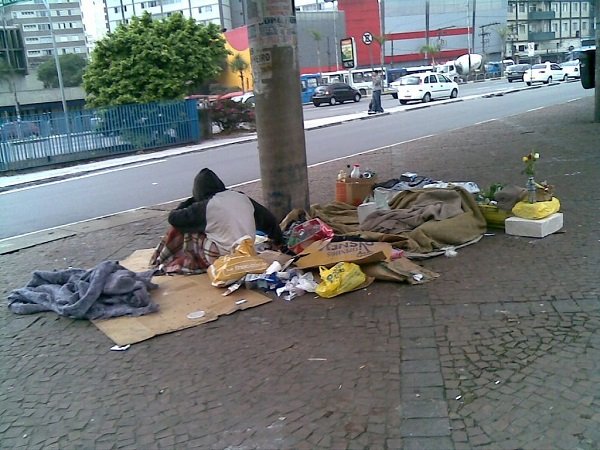This Content Is Only For Subscribers
To unlock this content, subscribe to INTERLIRA Reports.
Rio de Janeiro City Hall carried out a census to understand the city’s homeless population. The survey identified 7,865 homeless people, an increase of 8.2% compared to the last census, carried out in 2020. The pandemic was likely one of the main factors of this increase in the number of people living on the streets. The study also revealed the number of drug addicts on the streets, most live in the famous “cracolândias”. The government is designing a plan to shelter these people, but authorities recognize that it will be impossible to completely solve the issue.
Downtown
Even with the emptying of Rio Central area aggravated by the Covid-19 pandemic, the region still concentrates most people living on the streets. There, the number of homeless people rose 18.2%.
A Plan to Reduce the Homeless Population
Members of the city government say that it is impossible to zero out the homeless population, but a plan to try to reduce the number of homeless people in the capital will be announced soon. One of the proposals is to increase the offer of hostels to homeless people. On another front, he intends to open talks with the sectors of hotels, bars, restaurants, and supermarkets. The idea is that entrepreneurs offer training and courses to integrate these people into the market.
Today, the city hall has a network of 1,612 spaces in hostels, therapeutic communities, and other services. The goal is to expand this offer by another 500 by the end of this year.
Drug Addicts
Another worrying piece of data from the survey is the number of drug addicts on the streets: 1,227. Most of these people, however, are concentrated in “cracolândias”. The survey detected changes compared to 2020, when the problem was more identified in the South Zone and in Jacarepaguá. Today, almost 70% of users are in the North Zone, around communities such as Manguinhos, Jacarezinho and Maré.
Our Analysis:
Often, one of the most mentioned reasons behind the living condition of people interviewed is the addiction to some drug, legal or illegal. The addiction also takes many of these people to commit petty crimes in order to pay for the drugs. For instance, studies have already revealed an increase in property crimes in areas close to the “Cracolândias”.




